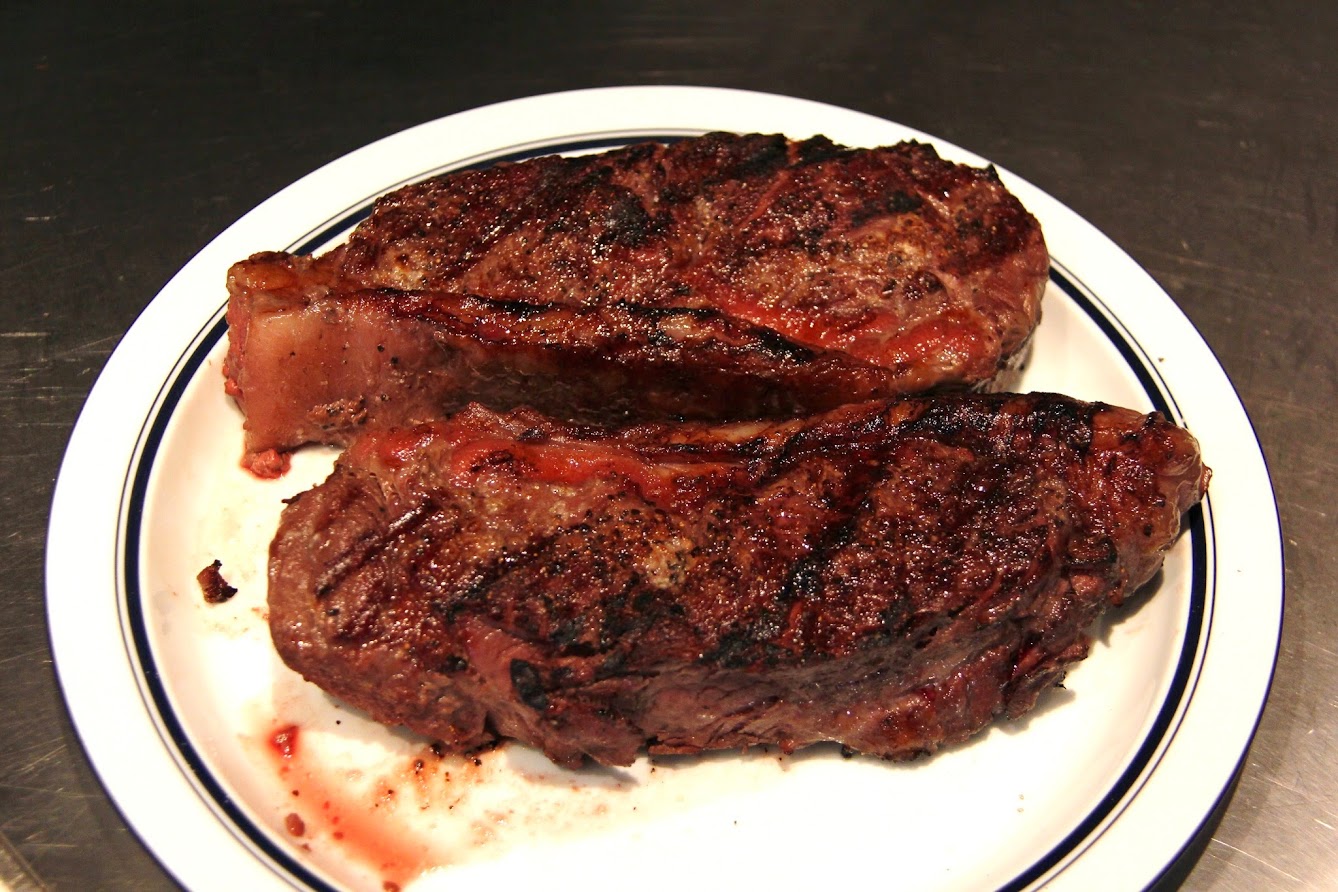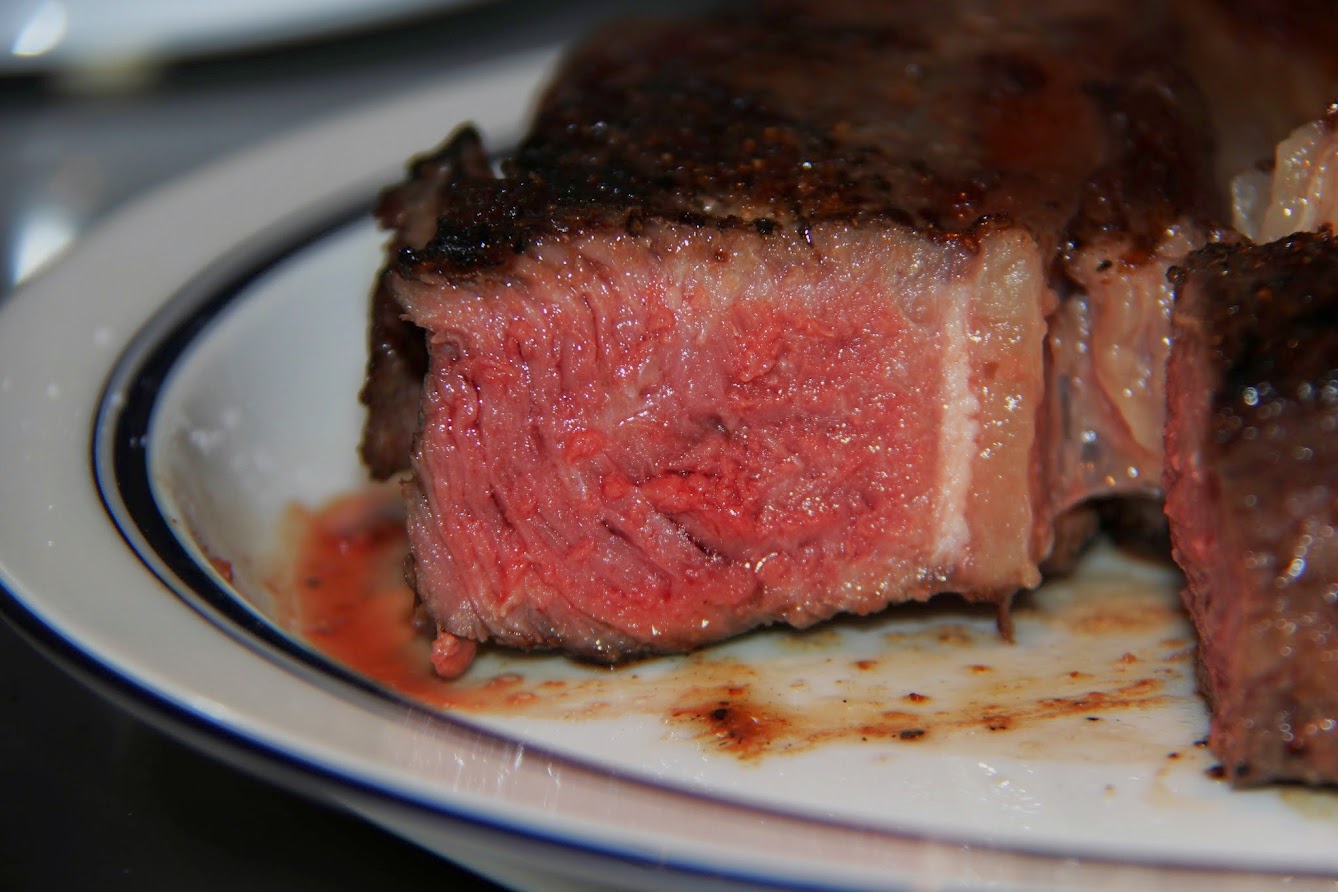Since I can put one or ten perfectly cooked steaks on the table in under twenty minutes, I'm not attracted to this method- but each to his own.
That said:
This former Health Inspector is uneasy about the length of time "sous vide" foods spend in the bad-guys-grow danger zone of temperatures. Temperatures between 40 and 130 degrees are growth zones for all kinds of bacteria, and the vacuum packaging used by most in this process adds the further risk of botulism poisoning. (Botulism growth occurs only in airless environments such as vacuum packs) Especially if holding for future use, foods processed this way require very special handling, most notably immediate refrigeration if not served right out of the pot.
Presumably buyers of specialized equipment to cook this way will read warnings etc. supplied with such units, but just in case some don't here's what
this sous vide site has to say about it;
Polyscience wrote:
A: Sous Vide Cooking Process
As with any food process, sous vide requires specified food handling practices to prevent, eliminate, or reduce the food biological, chemical, and physical hazards to a safe level.
Three important aspects require additional attention:
-When food is vacuum packed Vacuum-packaged food creates an anaerobic (oxygen-free) or reduced oxygen environment. With improper food handling, some of the most dangerous bacteria can grow, such as salmonella and botulism. Safe food handling and hygiene standards should always be maintained.
-Food cooked at low temperatures for extended periods of time can cause bacteria to multiply rapidly. The longer food is in the “danger zone” — temperatures between 40°F and 140°F (4.4°C to 60°C) — the faster bacteria can multiply and the more dangerous they can become.
When food in pouch has finished the required cooking time, it has to be removed and served immediately, or rapidly chilled. Cooling must be less than 6 hours from 130 to 41ºF.
-Carefully read and incorporate these detailed guidelines into your cooking method to assure safety in each step.
Prerequisites to food preparation.
Make sure that the refrigerator is 41ºF or colder. The colder the refrigerator, the slower the spoilage of ingredients.
-Get an accurate digital food thermometer to check the temperature of the raw and cooked food to assure that it reached a desired end point.
-Get the plastic pouches that the food will be packaged in. Make sure that they are not contaminated.
-Use detergent, warm water, wash , and rinse the food contact surfaces. Sanitize the surfaces with a solution of 1 teaspoon chlorine bleach per gallon of water to prevent cross-contamination.
Be sure to separate the raw ingredient preparation area from the finished product area, or wash, rinse, and sanitize a surface when changing from raw preparation to finished food.


